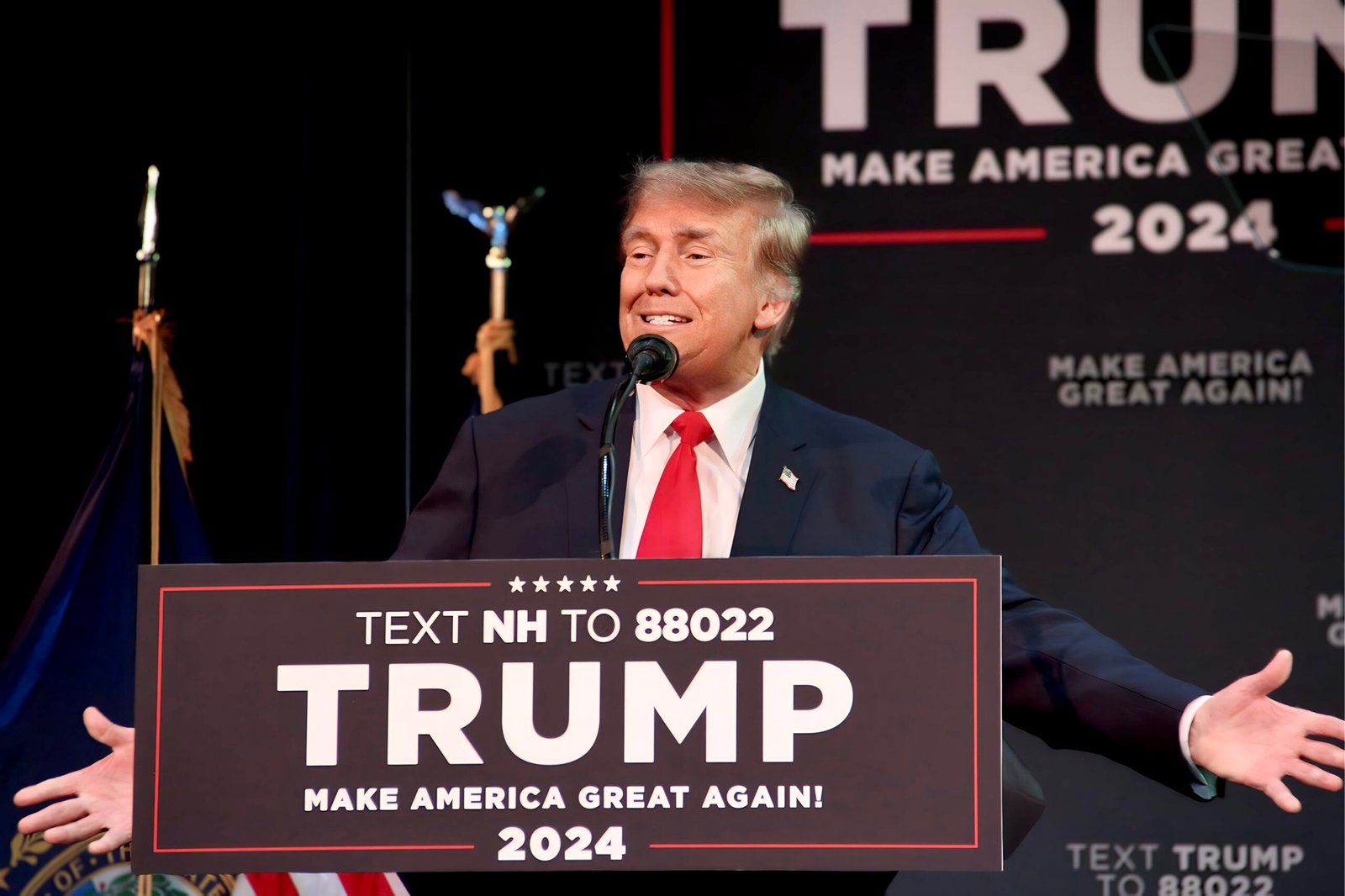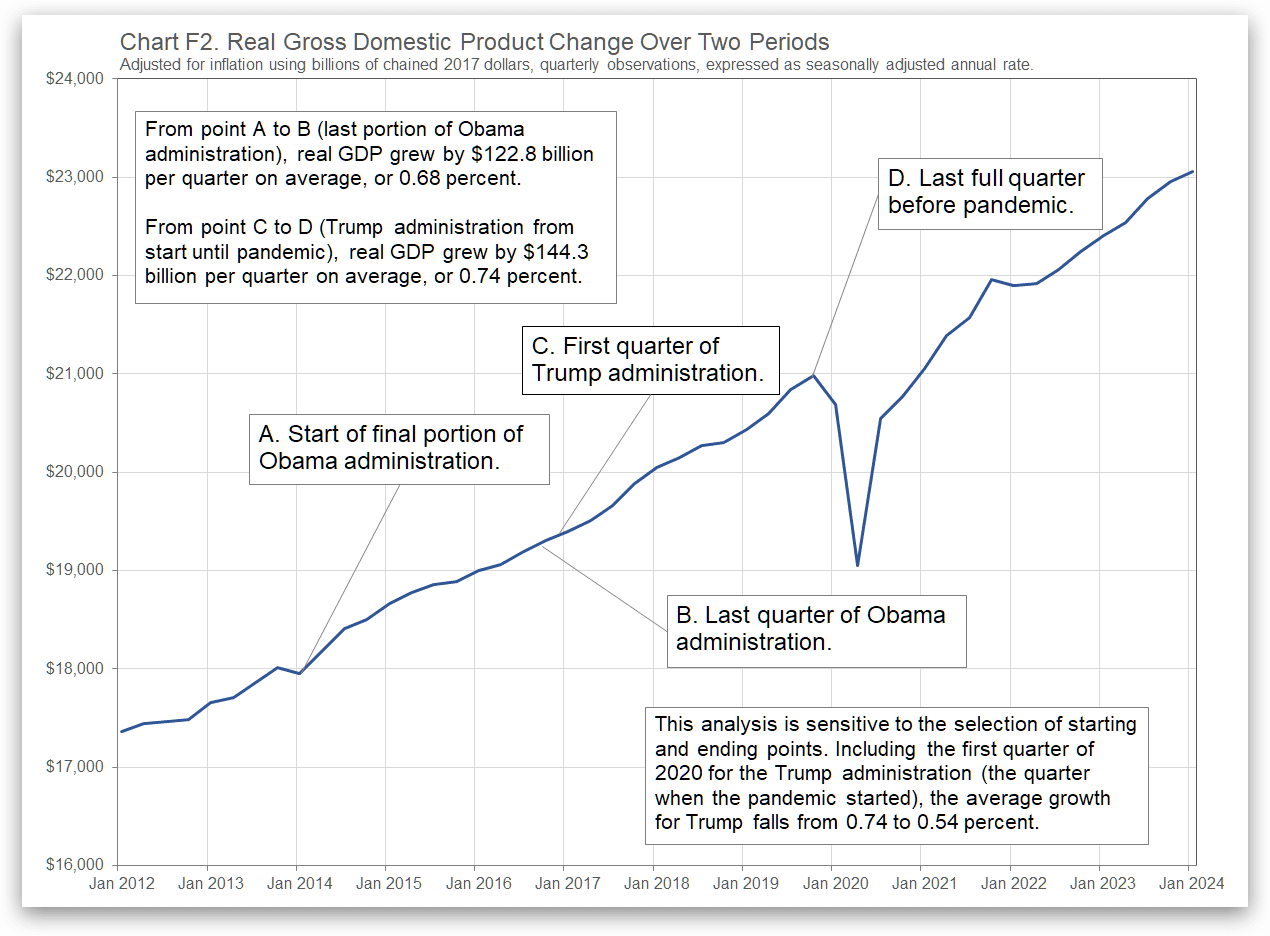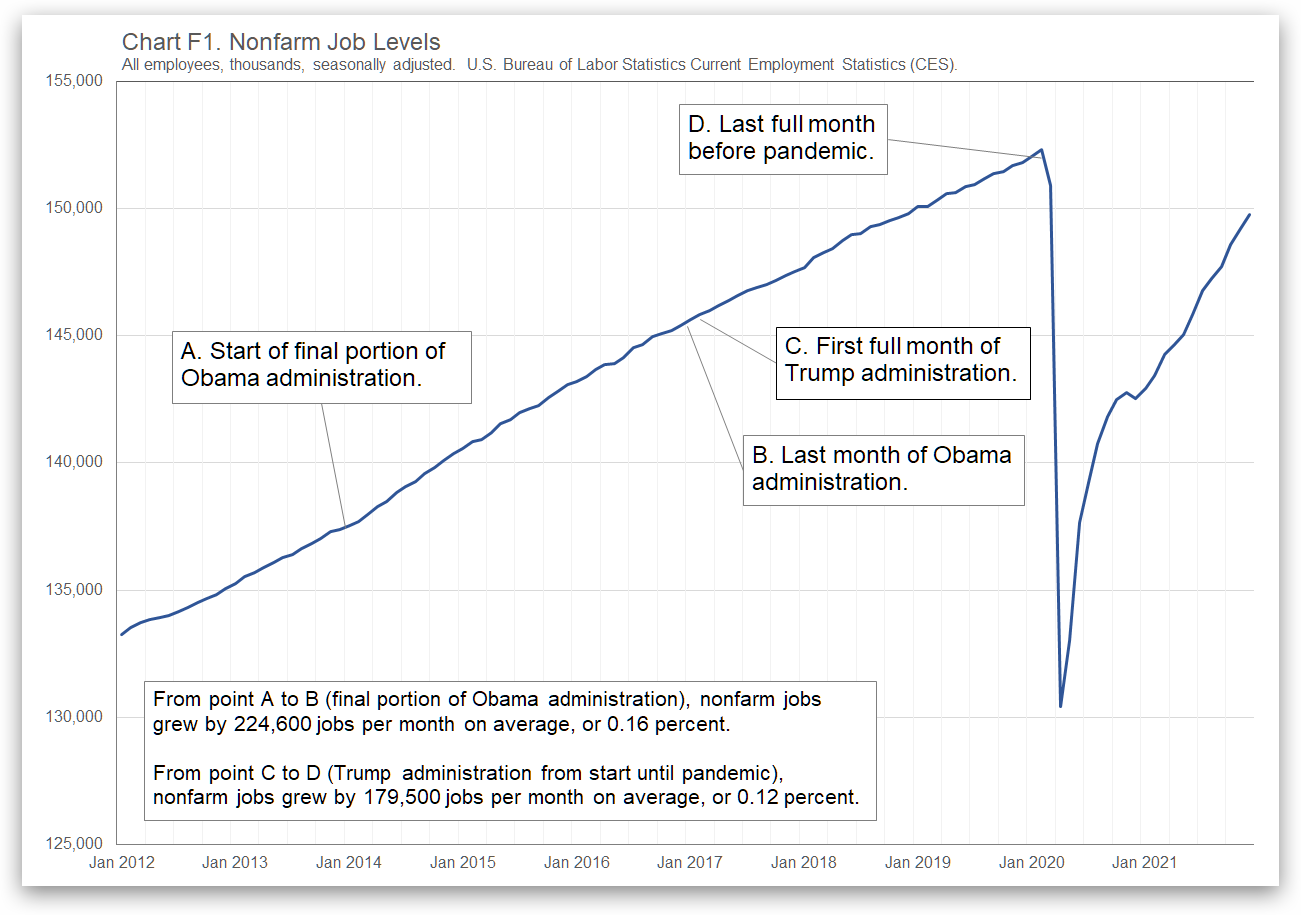One-Sentence Summary: President Trump, early in his second term, is aggressively expanding his executive power, challenging judicial authority, reshaping government institutions, and consolidating control over Congress and various aspects of American society.
In the first two months of his second term, President Trump has pursued an aggressive strategy to consolidate executive power, targeting the judiciary, Congress, independent federal agencies, and even private industries and cultural institutions. His administration has ignored court rulings, removed independent oversight measures, and installed loyalists in key positions.
Trump’s most alarming move, according to constitutional scholars, is his attack on the judiciary. He has called for the impeachment of a federal judge who attempted to block deportations and disregarded another judge’s ruling that his shutdown of a federal agency was unconstitutional. His administration has also dismissed due process concerns in deportation cases, justifying these moves by labeling migrants as criminals without providing evidence.
Republican lawmakers, largely aligned with Trump, have ceded power to the executive branch, allowing him to take control of budgetary decisions and regulatory agencies. He has also pressured Republican officials to remain loyal, threatening political retaliation against those who challenge his agenda. His administration has fired inspectors general, targeted law firms representing his opponents, and pressured businesses to publicly support his policies.
Trump has extended his influence into culture, appointing himself chairman of the Kennedy Center for the Performing Arts. His administration is also implementing a “unitary executive” approach, arguing that all executive power should be concentrated in the president. His advisers have spent years preparing strategies to override bureaucratic resistance and assert control over independent agencies.
Critics warn that Trump’s rapid centralization of power undermines democratic institutions. Historians and legal scholars argue that his disregard for judicial independence and congressional authority is a significant step toward authoritarian governance. While supporters claim he is fulfilling campaign promises, concerns over the erosion of checks and balances continue to grow.
Green, Erica L., et al. “How Trump Is Trying to Consolidate Power Over Courts, Congress and More.” The New York Times, 20 Mar. 2025, www.nytimes.com/2025/03/20/us/politics/how-trump-is-trying-to-consolidate-power-over-courts-congress-and-more.html.
Key Takeaways:
- Trump has aggressively expanded executive power in his second term.
- He has ignored judicial rulings, removed oversight mechanisms, and installed loyalists.
- His administration has pressured businesses and cultural institutions to align with his agenda.
- Congressional Republicans have largely supported his efforts, further consolidating his control.
- Legal experts and historians warn that his actions threaten democratic norms and the separation of powers.
Most Important Quotations:
- “We’ve never seen a president so comprehensively attempt to arrogate and consolidate so much of the other branches’ power.” – Stephen Vladeck, Georgetown University Law Center
- “The scale and the speed of what’s going on is terrifying.” – Ruth Ben-Ghiat, historian at NYU
- “For the federal government to be truly accountable to the American people, officials who wield vast executive power must be supervised and controlled by the people’s elected president.” – Trump administration executive order
Word Count of Summary: 375
Word Count of Original Article: 1,653
Model Version: GPT-4-turbo
Custom GPT Name: Summarizer 2









